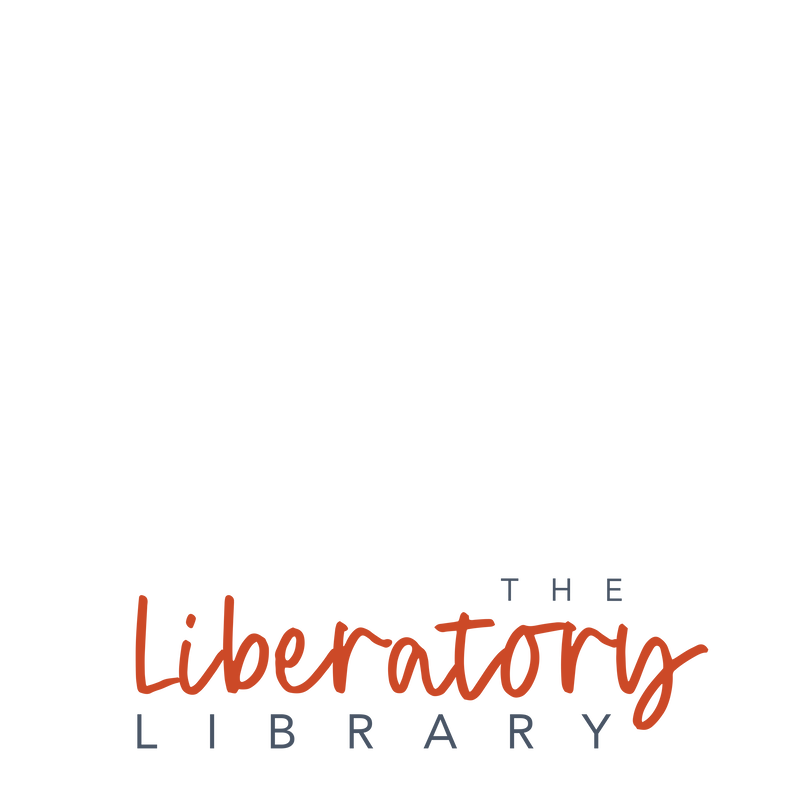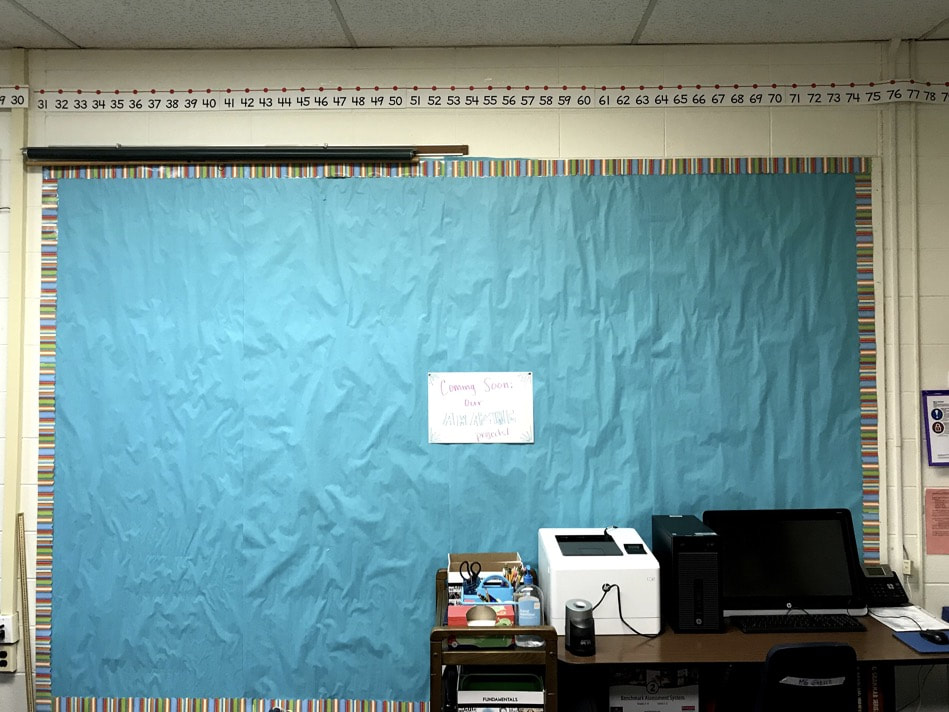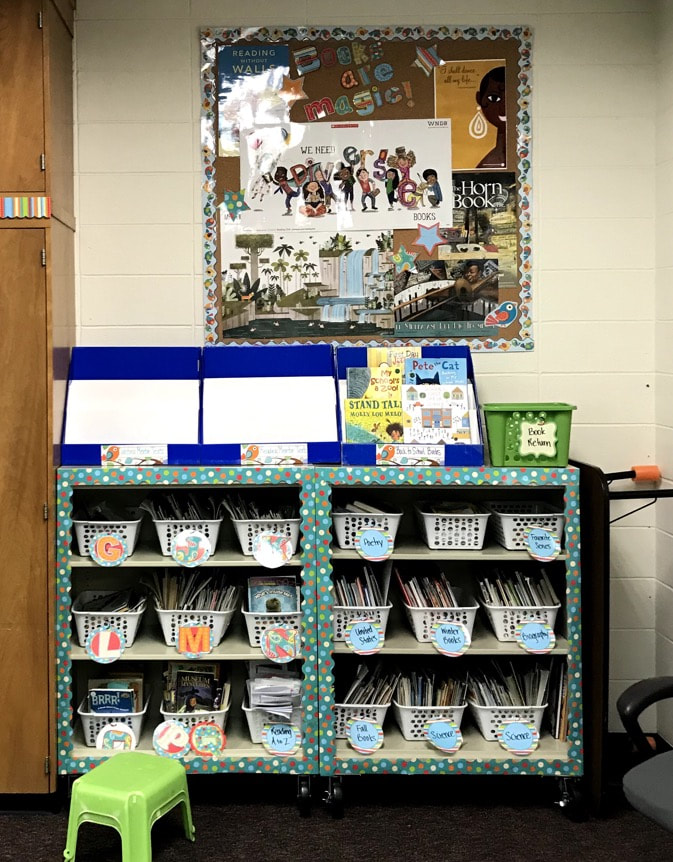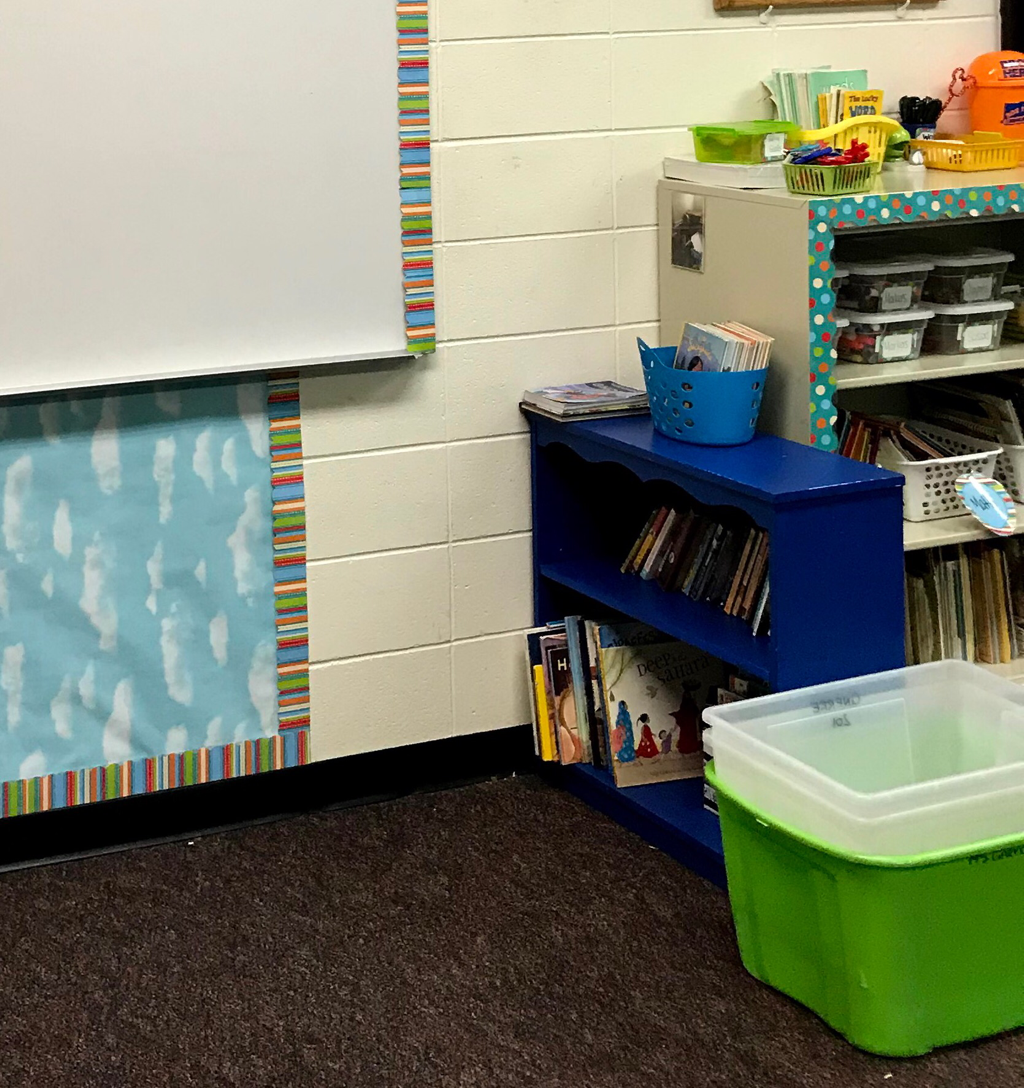|
It's happening. I've had a good long stretch of summer since our extended school wrapped up, during which I unplugged my brain from the nitty-gritty of school life, and now that's winding down to a close. This past week, I spent two busy days putting my classroom back together. I enjoyed being in my space, walking through the annual ritual of making it ready for a new year and new kids. I liked returning to the same space as last year (I moved going into last year, so last summer's work was unpacking, reorganizing, starting completely from scratch), and finding ways to refresh it and make it new. The new spot for my calendar alone brings me probably too much satisfaction, not to mention the new bulletin board I created from nothing by fastening cork roll to the wall. Boom. So, the space feels homey and peaceful and fresh...and open, ready to be filled by my small people, with their voices and belongings and projects. And now that I have that in place, it's time for me to spend some time with these questions : What does life in the Liberatory Library look like this year? How will we fully participate in education as the practice of freedom? What will I do to create space for liberatory education? What can I do (or not do...) to make our life and work together more liberatory? Before I start, I need to make a real-life confession about the picture there. The blank space with a "Coming Soon" sign seems like the right thing to have up there, doesn't it? Something a thoughtful teacher would do, and find a way to be cute about? Mmm-hmm. And I did truly decide to leave the board empty and fill it completely with kids' work this year. (Last year I hung our writing process posters across the top, which were kid-made, but also kind of stagnant hanging there all year.) That sign, though? I had to hang that because one of the folks cleaning and reassembling the room had stuck my little classroom map there. To the paper. With masking tape. They just didn't know, you guys, but I could in no way look at the three paper-covered pieces of masking tape in the middle of the board, staring at me until the kids' work starts going up. So up went the sign. Okay, I can move on now. All right, since this is the Liberatory Library, let's start by talking about books. How can I make our library, and our life surrounding books, more liberatory? I've been reading and thinking about the question of whether or not to organize classroom libraries by level, and at least for now, I've decided that it's the right thing for us to keep a portion of our books organized this way. I do want to make more of an effort to empower students to judge on their own whether a book is right for them (in all the ways), but I think we still need the scaffolding of lettered baskets to do that. I hope I'm not underestimating my readers, but that feels true for now. That being said, I want to look closely at the way the rest of the library is organized, and really get the kids in there. Here's how it looks right now: There is also one more bookcase like that with one shelf of baskets, and then toooooo many picture books living at the bottom. With no organizational system whatsoever. Yikes. Oh, and this little blue guy, which is new this year and I love it a lot: This dear little blue shelf is basically for my favorites. The top shelf has beloved novels, and the bottom shelf my special hardcover picture books to the left, and a box with paperback picture books to the right. Currently on top are some graphic novels waiting for their buddies and a basket, and a basket with our collection of Ordinary People Change the World biographies (which my friends loved so much last year the basket was virtually always empty, and we were constantly looking for them when questions came up. Like, “Were they the same time as Hellen Keller? When was Hellen Keller born?” Followed by a search for the book in the basket, followed by, “Who has I Am Hellen Keller?” And then usually followed by everybody looking in their desks. It’s inefficient, but shows that they’re much-loved). The kids will have free reign of this section, too, I just want these books to live in a special place. It’s the non-leveled books that really need attention. I’m going to refresh the leveled baskets for the start of school, so they’re ready for us, but I want to get the kids into the rest of them. I’d like them to see what’s in there, book by book, and decide how we should sort and organize them, if there are any that we should retire, and also what’s missing. I also want to get their ideas for books we should feature on our rotating display, and books they’d like to do for read-alouds. Maybe we’ll separate those out, or maybe we’ll flag them with sticky notes (and keep lists as we go). I sort of imagine this as an afternoon-long (or days-long?) process that’s like cleaning out your closet at home, with everything spread out everywhere, looking a lot worse before it looks better. I love it. For the “what’s missing” question, I think I want to post a request list where kids can write down books they want our library to have. I definitely want them to have a routine way to make requests, I just have to think of the best way to do it. I also want to take time each month when I hand out the Scholastic fliers to talk about what we want to add to our class library. The routine of tying it to the fliers will help me commit to doing it regularly. They also really like sticky notes, so another route would be to have a place where they can leave notes with book requests. Some of them do that anyway, so I might as well make it official. As one more extension, I also want to start a monthly book critic bulletin board. This idea grew from a chat with an educator friend, who hatched this extension of my earlier idea to get kids to select books to feature in the classroom. And it will do so many things!! I envision it like those bookstore shelves with staff picks, where the book is on display with an index-card-sized review signed by a store staffer. During the month, each student will choose a book (whether from their independent reading or our shared reading), write a short review, share it with the class, and then post it with a copy of the book’s cover on our hallway bulletin board. So the kids are reflecting on their reading, and not only writing about their reading (which we so need to do more of), but writing in an authentic way for an authentic audience! And it's empowering them to share their thoughts as readers! Whoa! Also, not for nothing, I’m terrible at changing my bulletin board regularly, so this would help me to be a lot more responsible in that area. Let’s move on to community-building. I probably should have started there, but starting in the library felt right, so I’ll stick with it. In the beginning, I want to build a practice of team meetings. I’ve done it more in the past, but have gotten away from structured meetings in recent years. My group last year was able to talk spontaneously and usually appropriately about group topics, but I think it will be good to make community meetings a practice, and to practice it. We’ll start simple, with some discussion (and probably an anchor chart) about how it looks when we share in a group. I especially want to practice active listening. I’ve found that kids often act like they’re listening (i.e., can be quiet, not interrupt), but don’t actually pay attention to what their classmates are saying. So I think at the first meeting we’ll discuss and practice that. I’ll also introduce a sharing object to be held by the speaker (I think I want to make a fabric heart, because of a picture I saw recently and loved so much, it's totally on the nose and I don't care at all). Some other early topics I want to bring to meetings are, what it means to be a community, then community promises and a community mission statement. I also want to discuss classroom decor and displays, and find out who and what they want to see in our room, and how they want the space to be. I know more topics will arise as we get going, and these will be a lot to start with. The main thing will be establishing and building the practice. As I was thinking about students sharing their ideas, and needing a way to hold onto them, I had the idea to create and keep a community record book. I don’t know if it would be called a notebook, or a journal, or what, the kids will work on that, but I’m picturing something smaller than chart paper but bigger than a regular notebook, so we can write in it and display it in meeting circles, and then have all of our thoughts and ideas together in one place. Finally for now, because I know there’s more but this is plenty to be starting with, daily classroom life. I have an overall goal of building and fostering independence, and one way this will look is building a really strong arrival routine. However, I want to add this to the list of meeting topics, and find out from them what the routine should be, and how we can keep track of it. I have ideas that I can share, but honestly, my ideas have never been that effective in getting us in a smooth, independent morning routine. Basically if it weren’t for my endlessly-patient paraprofessional nudging kids to do all their morning things, they’d never get their backpacks hung up and their homework turned in. So I clearly need help. I’m also thinking about how to introduce some motivating, centering activities into our morning, things for kids to move to when they’ve settled in for the day but before we’re ready to dive into instructional time. I have one friend who will be working on getting to school on time, and I want to have something motivating for him to arrive to, as well as a natural consequence of missing it when he’s late. It will be good for the whole team, though, to have something positive to focus on as they arrive. I’m also working on developing a sensory bin, with a variety of objects kids can use to help with sensory needs and focus, alongside adding more to our flexible seating options. We’ve done bits and pieces of this before; last year I introduced some flexible seating really casually, and often our amazing OT brings in sensory items for individual kids. This year I’d like to make it all more intentional, and really talk to the kids about the why of it all, allowing them to identify their own needs and find strategies for meeting them. So I want to introduce and explore the items in the sensory bin, and talk about what they do and how they can help us. I’ll also talk about why I like us to have seating options, as well as when and how we can use them. I want to include in here some other options for breaks, and how to ask for them. I’m hoping this will help my kids to become more self-aware, and better able to self-regulate. We’ll build some routines to help all of these things happen smoothly and equitably, too. Holy bagumba, that’s so much! (That’s also a Flora and Ulysses reference, subtle hint to check that book out if you haven’t fallen in love with it already!) This is what’s so incredible about this work of education as the practice of freedom: it's practice. It's practical. These aren’t theories living in my head and in books, these are things I can do, concretely, in my classroom starting on day one. Moreover, this isn’t a major overhaul of how I have been doing things, it’s making small, intentional shifts in thinking and practice. Mostly, it’s asking myself variations on the same questions that are at the heart of this work. How can I center the kids more? How I can I give them more ownership and choice and agency? How can I step aside to let their voices come through? How can they be most themselves? If I’m asking these questions and looking for the answers, then I’ll always be moving along the path of education as a liberatory practice. It's not always easy, and that's okay. The first challenge is to develop the habit of asking those questions, and getting used to de-centering myself so I can center the kids. It's also a challenge to get comfortable doing that, when so much of our school system and our teacher training is about structuring school from a teacher's point of view. These practices can definitely take more time, too. It's one of the ways I feel lucky to be in my little self-contained, multi-grade world; I'm able to be a little more flexible with my schedule and my use of time, which makes it easier for me to give time to these often-slow practices. And there's so much joy in watching kids be themselves, even when it feels new and weird, and even when they're super slow. The more I adopt practices that are liberatory, the more I love, every minute, to see my kids being free.
1 Comment
|
Meredith
Writing about practicing literacy and freedom with my small humans. Archives
January 2021
Categories
All
|




 RSS Feed
RSS Feed